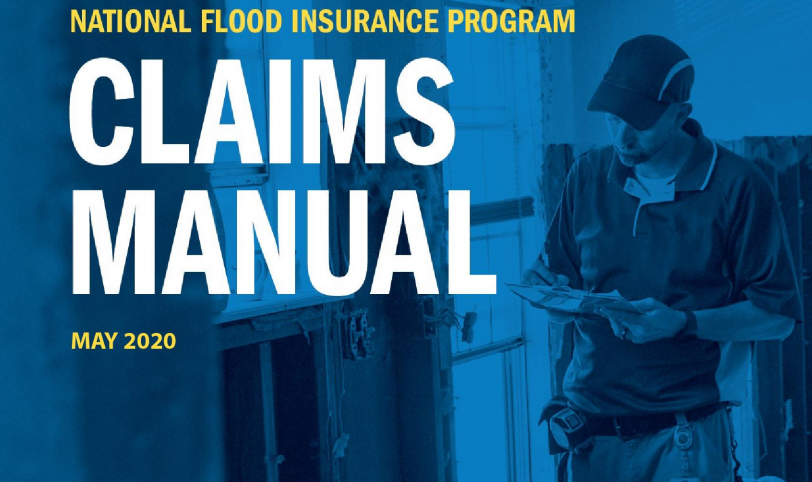Although there are many factors that may affect coverage for flood claims under the Standard Flood Insurance Policy (“SFIP”) forms, coverage issues typically fall into two categories: 1) is the property for which a claim is being made considered “covered property” under the policy; and 2) has there been “direct physical loss by or from flood.
Determining whether property is considered “covered property” under the SFIP is a matter of verifying the list of covered property in Section III of the SFIP. While Section III sets forth the list of covered property, policyholders should be aware that there are some specific provisions which function to exclude or limit coverage based on the property’s location, age, and even design.
The second category, determining whether there has been “direct physical loss by or from flood,” carries the most potential for policy interpretation disputes. The SFIP defines “direct physical loss by or from flood” as being “[l]oss or damage to insured property, directly caused by a flood.”1 Generally, definitions which use or restate the phrases that they define are not particularly helpful—and this SFIP definition is no exception. The SFIP further explains, however, that in order for there to be “direct physical loss by or from flood,” “[t]here must be evidence of physical changes to the property.”2 The fact that the SFIP stops short of defining “physical changes” should not scare policyholders. Rather, the open-ended definition allows policyholders to make the argument in favor of coverage using other National Flood Insurance Program (“NFIP”) resources such as the NFIP Claims Manual.3
The NFIP Claims Manual is designed to “improve clarity of claims guidance” for the benefit of policyholders.4 In fact, FEMA intends for the NFIP Claims Manual to “assist NFIP insurers, adjusters, vendors, and policyholders apply applicable statutory and regulatory requirements, as well as the terms and conditions of the Standard Flood Insurance Policy.”5 So, does the most recent publication of the NFIP Claims Manual clarify what is considered “evidence of physical changes?” The answer is…not entirely. The May 2020 NFIP Claims Manual does, however, include a variety of factors that adjusters must generally consider in determining coverage for flood claims.
Two factors are particularly helpful in assisting adjusters and policyholders apply the SFIP “direct physical loss by or from flood” language. First, the NFIP Claims Manual acknowledges that certain materials are not salvageable once they have come in contact with floodwaters. For instance, the NFIP Claims Manual classifies certain types of perimeter wall sheathing based on the amount of damage presumed once the sheathing has come into contact with floodwaters.6 Specifically, the NFIP Claims Manual indicates that Class 1 or 2 Sheathing is “damaged directly by contact with floodwaters” and thus “is not salvageable.”7 Although this guidance is for specific types of wall sheathing, a more general application of the principle—focusing on the type of material that was damaged—provides policyholders and adjusters with the clarity that the NFIP Claims Manual is designed to achieve.
Second, the NFIP Claims Manual recognizes the effect that floodwater contact has on the useful lifespan of certain items. The NFIP Claims Manual provides adjusters with guidance on calculating depreciation and instructs them to remember that “[b]uilding materials and personal property have a certain useful life or life expectancy.”8 Notably, this instruction falls within Section 5 of the Claims Manual, which is titled “Claims Adjustment.” Section 5 states that an adjuster “must understand what factors may be involved with the claim that may or may not affect the covered scope of loss and the dollar amount to repair or replace an item . . . .”9 A proper adjustment of a flood claim requires an adjuster to assess the “useful life” or “life expectancy” of an item not just for purposes of calculating “the dollar amount to repair or replace an item,” but also as a factor which affects “the covered scope of loss.”10
If you are a policyholder uncertain as to whether your claim under such a policy was wrongfully denied, reach out to an attorney at Merlin Law Group to take a look.
_________________________________________________
1 Section II.B.12., Standard Flood Insurance Policy Dwelling Form; Section II.B.12., Standard Flood Insurance Policy General Property Form; Section II.B.12., Standard Flood Insurance Policy Residential Condominium Building Association Form.
2 Id.
3 National Flood Insurance Program Claims Manual, May 2020.
4 National Flood Insurance Program Claims Manual, May 2020, p. 1 Purpose.
5 Id.
6 Id. At 252
7 Id.
8 Id. at 223.
9 Id. at 220.
10 Id.




